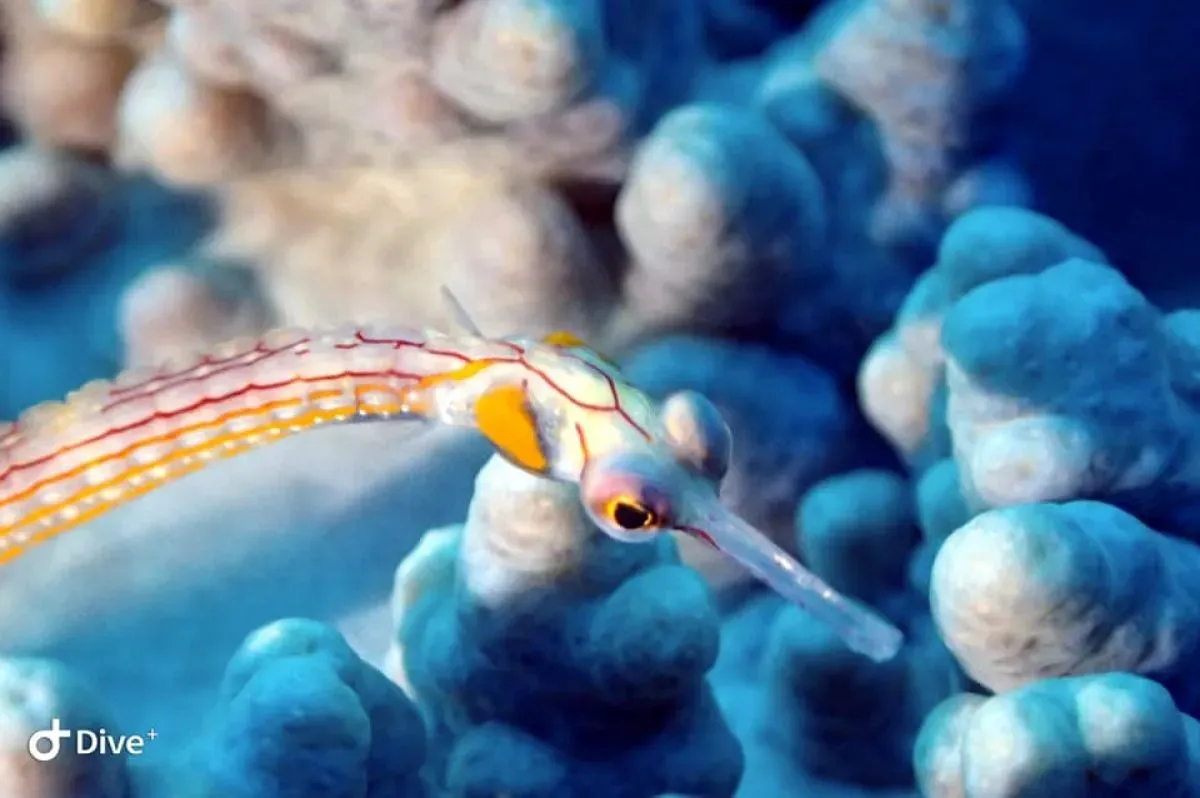09/24/2025 Dive Log – LAGUNA
Dive Log: 09/24/2025
Dive Site Name: LAGUNA
Dive Depth: 15 meters
Dive Duration: 42 minutes
About The Dive: We had an amazing dive today in Laguna, situated in the east side of Boracay !
We had over 10 meters visibility with warm 29 degrees celcius water!
We spotted many small box fish, nudibranches of different colours, multiple puffer fish and even a Turtle!
Towards the end of the dive, over the beautiful hard coral reef, few lion fish and scorpion fish were camouflaging!









